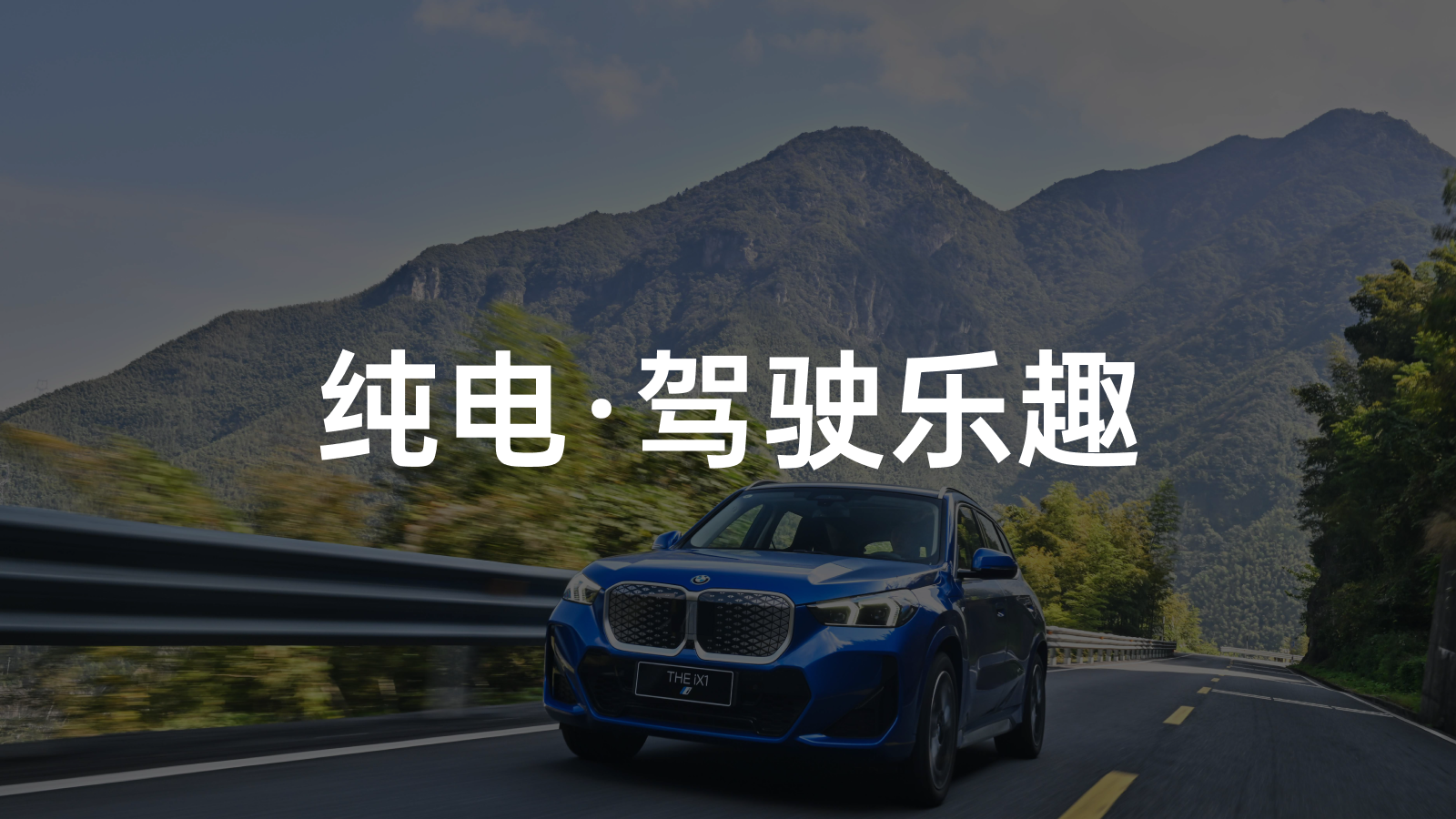No matter in the era of fuel cars or electric vehicles, “the ultimate driving machine” remains an inescapable identity of BMW, reflecting the unchanging tag crafted by BMW over the years.
On August 25th, the BMW iX1 officially hit the market. Just last week, I had the pleasure of immersing myself in a two-day intensive test-drive of the iX1, focusing on aspects such as handling and driver assistance.
Let me start by sharing the route for the two-day test drive. It’s a scenic route you can consider if you’re planning a self-drive tour:
- Day One: Hangzhou East Station to Huizhou West Hill Hongju Hotel, approximately 85 km. The route encompasses city roads, highways and village paths.
- Morning of Day Two: Huzhou West Hill Hongju Hotel to Anji- Peninsula teahouse, approximately 78 km. The route includes highways, village roads, and mountain roads.
- Afternoon of Day Two: Anji-Peninsula teahouse to Tianhuangping Tofu Store to Anji Indigo Hotel, approximately 75 km. This route includes town roads, mountain roads, and off-roads (chosen specifically, not mandatory).

The Return of Classic Driving Sensations
Due to my line of work, I mostly drive new-gen brand vehicles. In the process, a conspicuous feeling often arises — despite their well-equipped and sometimes even over-the-top driving control hardware facilities, these vehicles seem to underwhelm when it comes to the actual driving experience.
Test driving the BMW iX1, however, brought back an absent feeling of true driving enjoyment.
While the first day’s driving route was relatively easy, the agility of the iX1 in handling was clearly felt, especially upon hitting the acceleration pedal and steering wheel in the underground garage of Hangzhou East Station.

The steering force of the iX1 delivered an unexpectedly light and nimble feel, devoid of any over-steering or vagueness. This allowed a comfortable drive in confined spaces like an underground garage.
Once you take the wheel, the iX1 delivers a noticeable boost of confidence to the driver. This feeling of assurance was further amplified during the mountain drive on the second day.

Mountain roads, known for their winding nature and limited line of sight when cornering, can be quite the challenge to the iX1’s responsiveness, accelerating ability, steering precision, lateral support, as well as riding comfort.
The version I test drove was the iX1 xDrive30L. Equipped with a dual-excited synchronous motor, it delivers a maximum power of 230 kW and a peak torque of 490 N·m, accelerating from 0 to 100 km/h in 5.7 seconds.Additionally, the iX1 xDrive30L is equipped with the precise cooperation of the BMW xDrive intelligent all-wheel-drive system, front suspension HRS hydraulic rebound shock absorber, ARB-X anti-skid stabilization control system, and DSCI dynamic stability control system.
During my drive, I encountered the following road conditions:
- Continuous turning;
- A slow moving large vehicle ahead, necessitating an overtaking maneuver before the next turn;
- After turning, a work truck was found parked on the side of the road, with oncoming traffic, requiring timely braking;
- Off road.
In handling these four road situations, the performance of iX1 xDrive30L is as follows:
- Good overall lateral support (there was a significant tilt at one point) without discomfort from continuous turns;
- Instantaneous acceleration is strong, and the process of changing lanes, accelerating, and changing lanes again feels seamless and natural;
- Braking is timely, although slightly stiff;
- There was slight slippage on some muddy paths, but it did not affect the overall driving experience. It handled the tough terrain effortlessly.
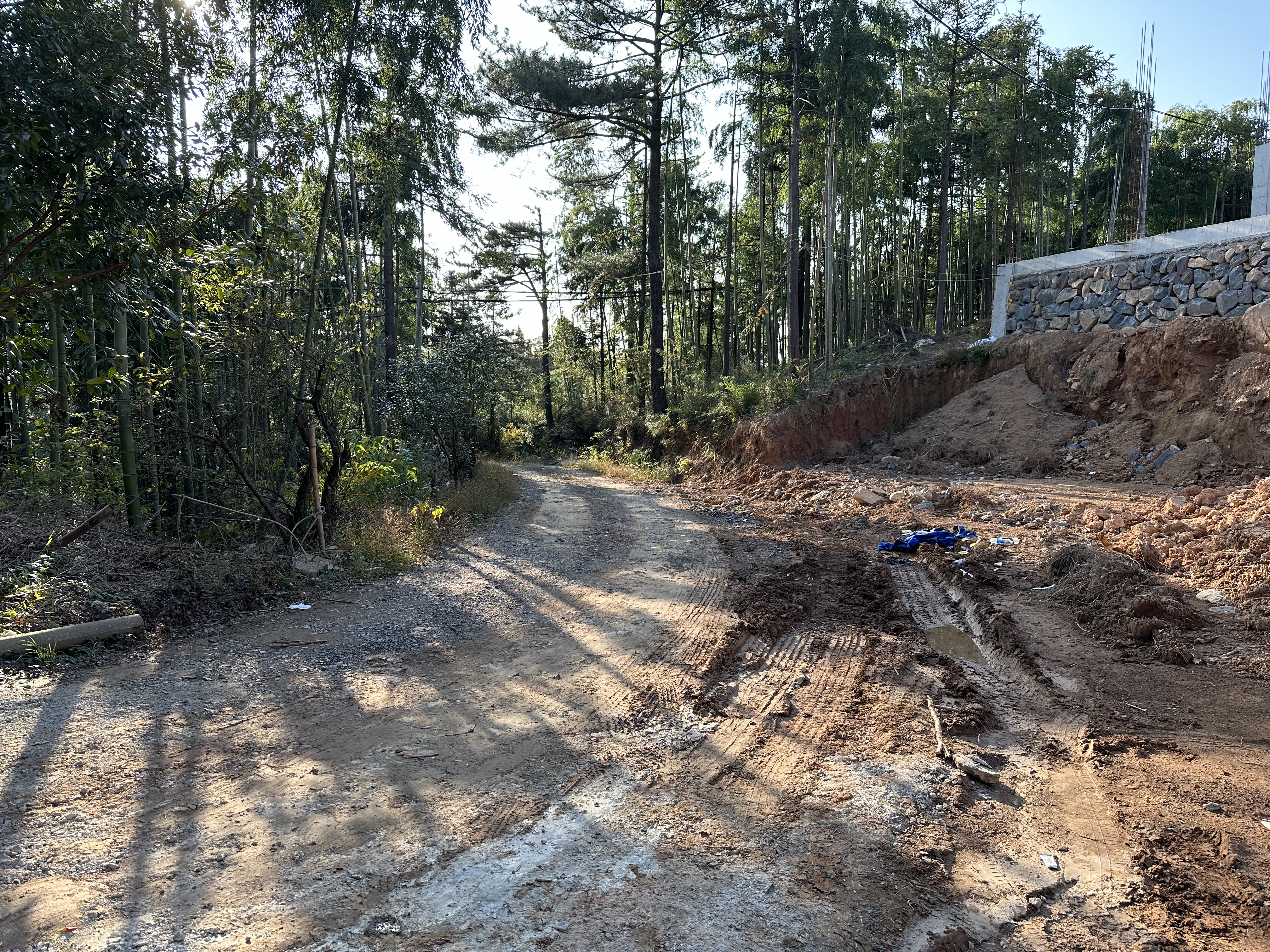
It should be noted that I was driving in single pedal mode throughout the journey.
Driving the iX1 in single pedal mode is not jarring due to energy recovery, and overall tuning is more akin to that of a petrol engine car. If it’s a petrol car owner switching over, they could adapt in no time.
All in all, driving the iX1 exudes confidence.
Long endurance, even more solid
The BMW iX1 CLTC has a stated endurance of 450 km. While this doesn’t stand out in price-tier EVs often exceeding 500 km of stated range, the strength of the iX1 lies in its solid endurance. I experienced this first hand during my test drive on day one.
From Hangzhou East Station to Hongju Hotel, West Hill, Huzhou, the total distance is about 85 km. At the start, the indicated remaining endurance was 395 km, with three people in the vehicle and their luggage.
During the drive, the A/C was on throughout, with energy recovery set at minimum. On the highway stretch, average speed was around 100 km/h.
Upon reaching the destination, the iX1’s displayed remaining range was 309 km, with an endurance consumption of 86 km, and effectively mirrored the actual distance travelled.
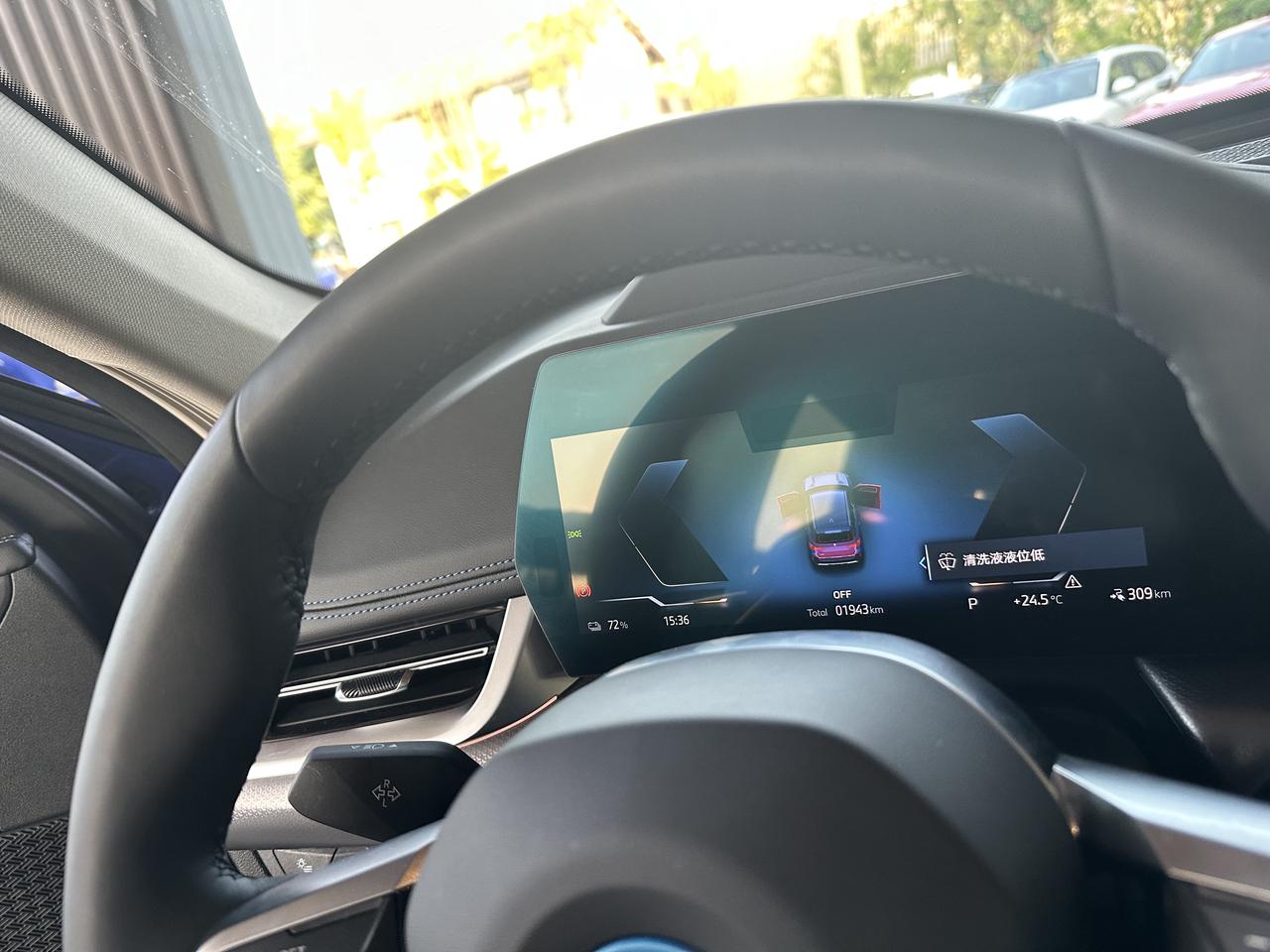
On the second day of the test drive, we also participated in a competition for power consumption per hundred kilometers.
From Tianhuangping Tofu Shop, the ride downhill to the Indigo Hotel in Anji covers approximately 29 km. Including myself, there were two people in the vehicle I was driving. Throughout the journey, I drove in single pedal mode, took 38 minutes and ended up with energy consumption of -3.4 kWh per 100 km. I noticed some had even achieved -6.8 kWh per 100 km energy consumption.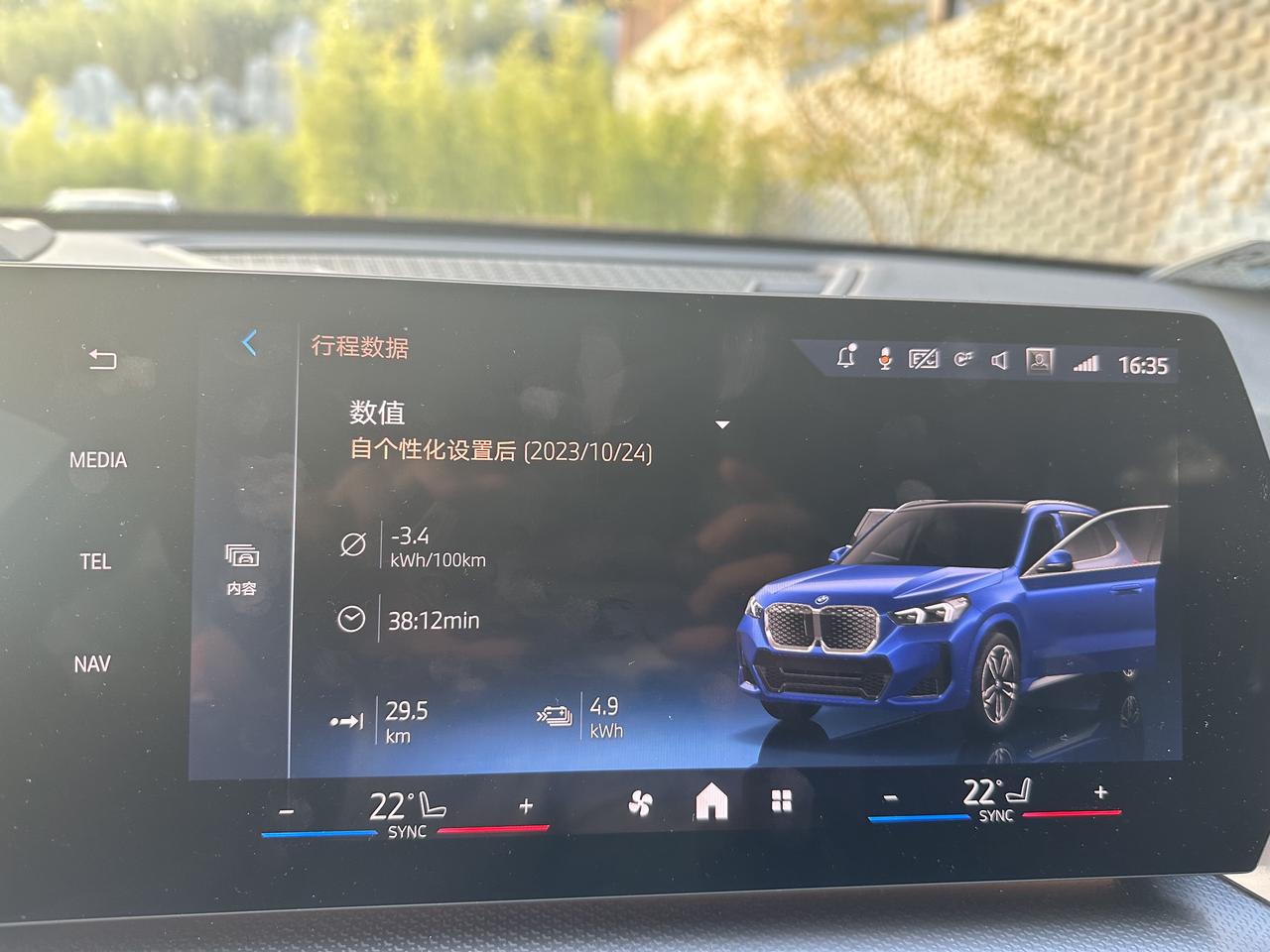
It is evident that the iX1 exhibits a highly commendable range performance. This implies that in typical driving scenarios, the iX1 has adequate power to provide users with more certainty during driving.
At the same time, it only takes 32 minutes for iX1 to charge from 10% to 80% when using direct current fast charging. In regions such as the east where there’s a considerable number of charging stations, the iX1 essentially holds no worries about electricity.
Smart Driving Adequate, Close to Human Driving
With the maturing and increasing availability of smart driving technology, it’s becoming ever more influential in consumer purchasing decisions. During the test drive, I also experienced the iX1’s assisted driving functions.
The driving scenarios primarily for experiencing the iX1’s assisted driving functions are as follows:
- Following a car in a less trafficked highway segment;
- Descending exit ramps;
- Changing lanes.
First, during a highway follow-the-car drive, the maximum speed of the iX1 can be set to 140 km/h, adjusting the following distance according to a safe braking speed. Throughout this process, the iX1 provides a comfortable acceleration and deceleration experience.
However, when a vehicle in an adjacent lane shifts to its own, the iX1’s response isn’t immediate, requiring the driver to take over depending on the actual situation.
Next is the descending exit ramps. The iX1 maintains stable performance in the first half of the exit ramp. However, when the road ahead disappears from view due to a sharp curve, the iX1 has trouble continuing on its own, requiring an urgent takeover by the driver.
Finally, changing lanes. Here, the iX1 performs quite naturally, closely replicating human driving. When the driver signals a lane change, the iX1 first accelerates, then smoothly changes lanes after two or three seconds. If there’s a vehicle ahead, it adjusts its speed to maintain a safe braking distance.
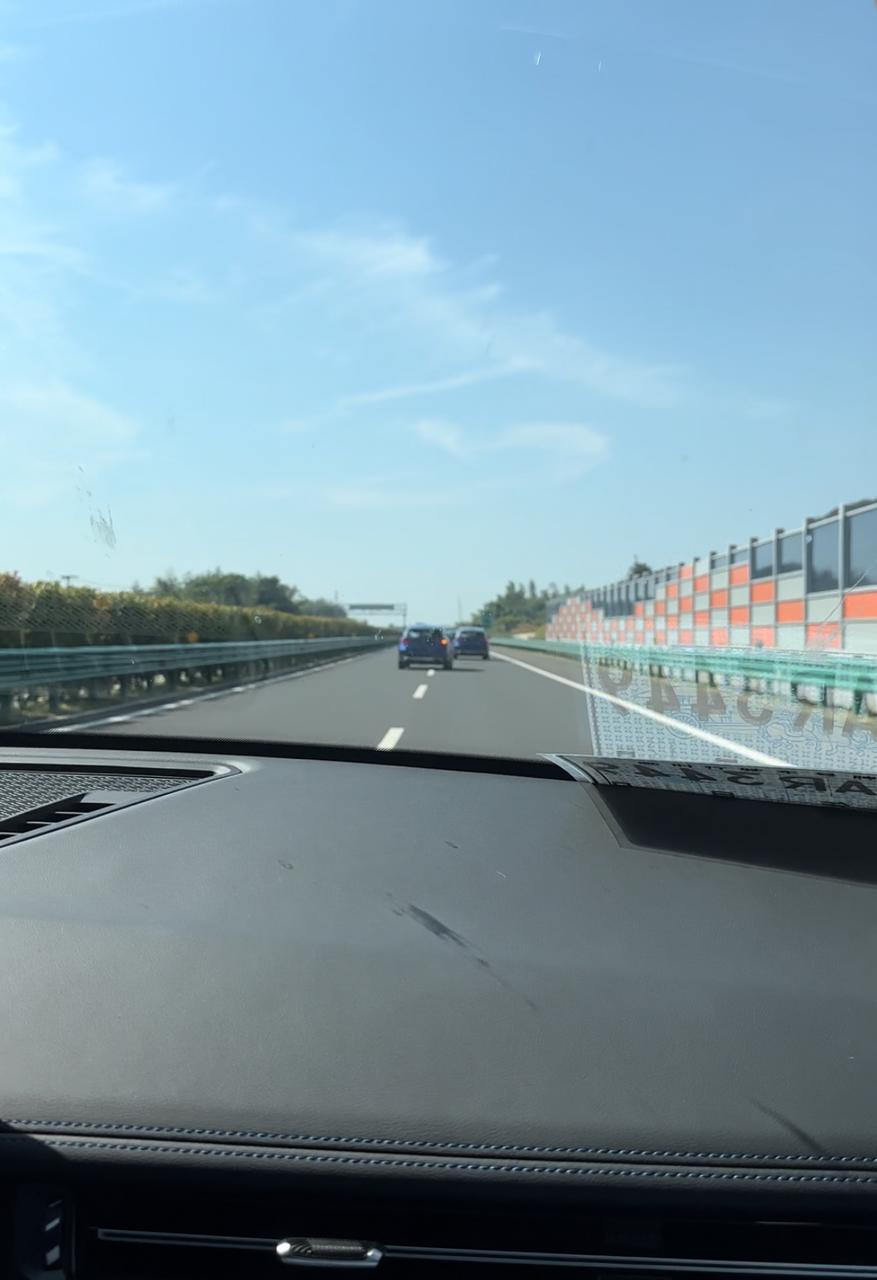
Overall, when used on highways, the iX1’s assisted driving features can help alleviate some of the driver’s burden. However, compared to what we often regard as the first echelon of smart driving, there’s still a certain gap.
But in my view, the iX1 is a model that distinctly embodies a sporty style and can stir driving passion among users. The core aspects of owning an iX1 revolve around driving and control. As for assisted driving, adequacy suffices.
Final Remarks
On the whole, the BMW iX1 comes across as a model that embodies the BMW essence.
From a vehicle usage perspective, the iX1 can meet driving pleasure needs, provide solid continued mileage, while its intelligent cabin and driving features offer significant convenience. Moreover, its space performance transcends class.If we use the currently popular standard of intelligence to measure the BMW iX1, it is still filled with physical buttons, and the central control screen is not as large as those of the same price range, with a UI design full of traditional style.
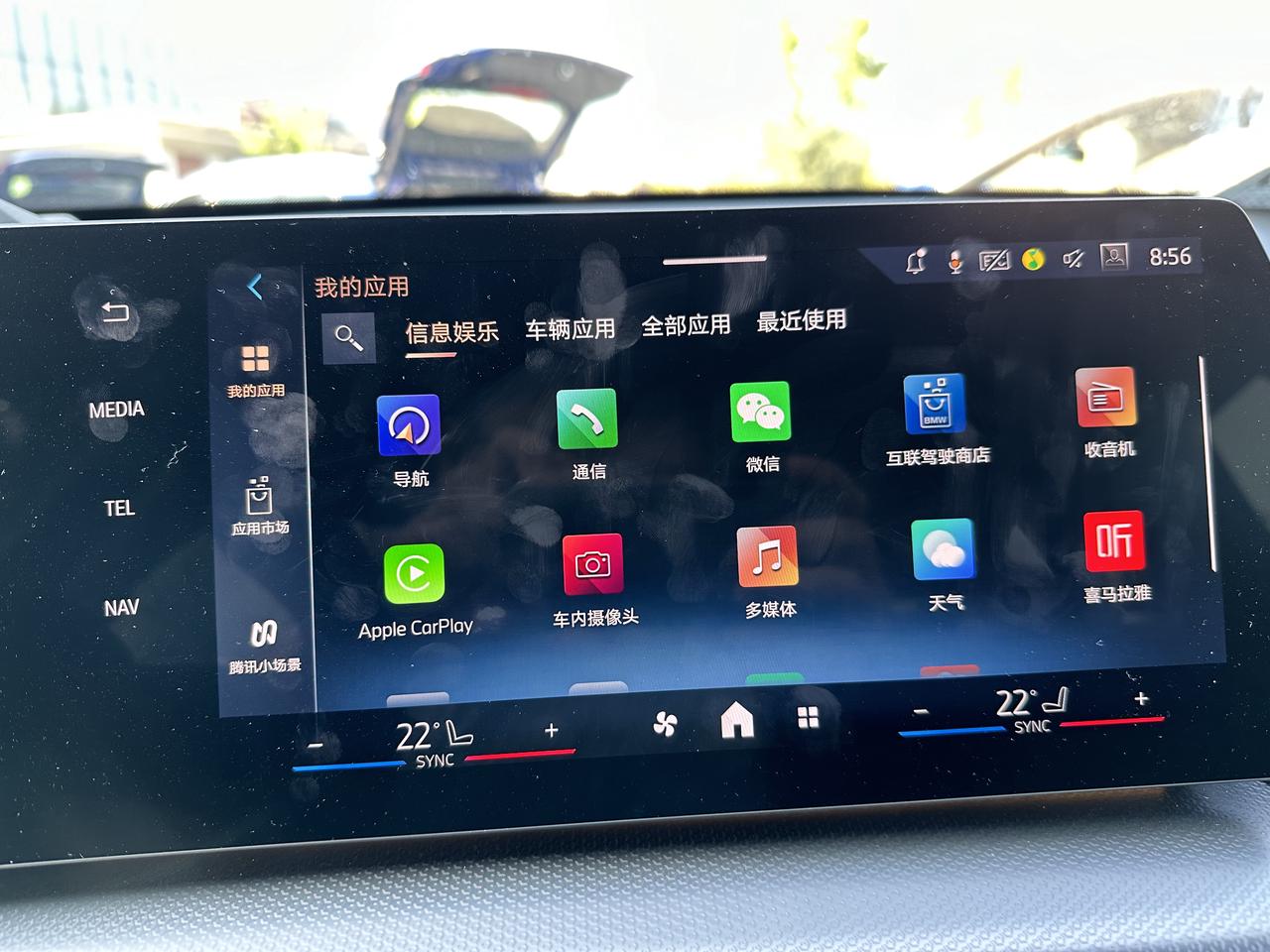
At the moment, in the price range of two to three hundred thousand, the competition has flared up into a ‘sea of flames’. No brand in this price range can escape being ‘burnt’; BMW is no exception.
Undoubtedly, at this stage, driving and brand reputation remain the two core advantages of BMW. However, from a user’s perspective, are you still willing to pay for driving and brand?
This article is a translation by AI of a Chinese report from 42HOW. If you have any questions about it, please email bd@42how.com.
